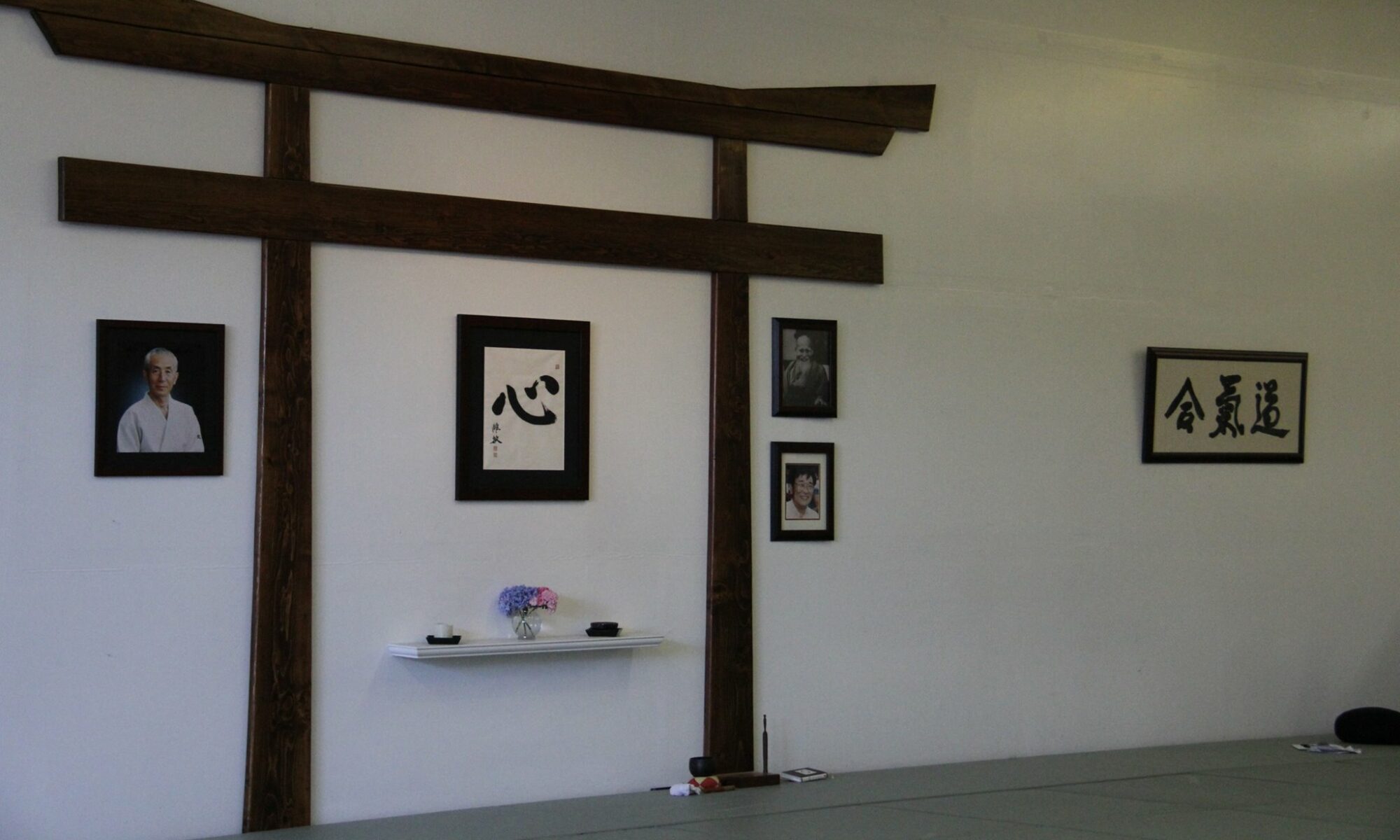We come to our dojo to train so that we’re better able to apply the principles of aikido in our daily lives.
The harder things are often the right things to do. Perhaps this is giving an apology, giving a co-worker uncomfortable feedback, or getting up early so that we have enough time to get ready for work without racing around. There are many examples of situations where we’re faced with a difficult option and an easy option. So, how does our practice help us choose the harder thing/ the right thing?
The practice of Aikido in daily life is generally about applying the fundamentals of relaxing completely, focusing on our center, and extending ki as much of the time as we’re able to. If we diligently practice doing this, it becomes easier and we spend more of our time living in this capable state. Additionally, we develop our ability to maintain relaxed, centered, awareness when circumstances become challenging. Through that, a couple of things tend to happen – first, in being relaxed and centered we generally do a better job of making the right decision, and, second, by being centered and extending ki we are more easily able to enter into the harder choices. As a bonus to our practice, we learn to approach challenges and obstacles with an open heart – both considering the well-being of others and having compassion for ourselves. This provides a unique advantage in our personal resilience as we choose harder things and learn from them.
By Nate Weed

